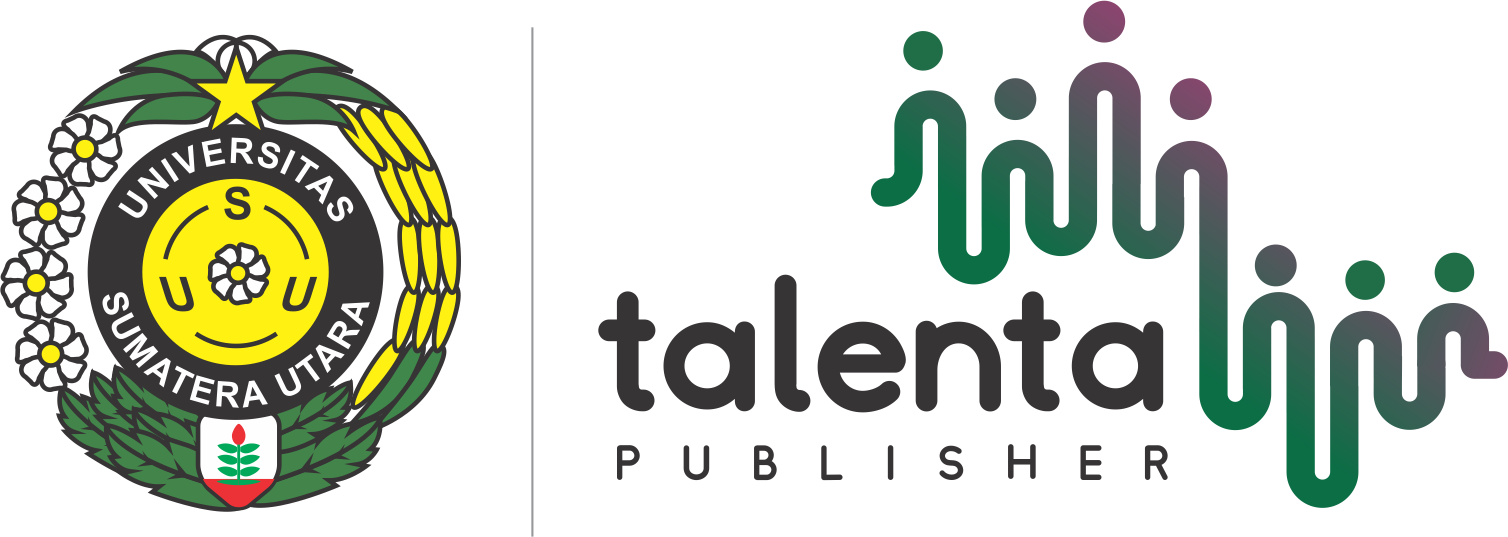Aplikasi Limbah Padat Kelapa Menjadi Grafena Sebagai Elektroda Alternatif Pada Sel Baterai Primer
| Authors | ||
| Issue | Vol 3 No 2 (2020): Talenta Conference Series: Agricultural and Natural Resources (ANR) | |
| Section | Articles | |
| Section |
Copyright (c) 2020 Talenta Conference Series: Agriculture and Natural Resources (ANR)  This work is licensed under a Creative Commons Attribution-NonCommercial-NoDerivatives 4.0 International License. |
|
| Galley | ||
| DOI: | https://doi.org/10.32734/anr.v3i2.957 | |
| Keywords: | arang grafena karbon aktif pirolisis tempurung kelapa | |
| Published | 2020-11-30 |
Abstract
Tempurung kelapa merupakan salah satu biomassa yang berpotensi sebagai sumber karbon. Tempurung kelapa dikonversikan menjadi arang melalui proses karbonisasi. Potensi arang dari tempurung kelapa dapat disintesis menjadi grafena. Grafena merupakan turunan dari salah satu alotrop karbon yaitu grafit dimana karbon berbentuk plat tipis dengan orbital sp2 yang disusun secara heksagonal. Proses pembuatan grafena dalam pengabdian ini yaitu tempurung kelapa dikeringkan di bawah sinar matahari selanjutnya dipirolisis menjadi arang kemudian dicampurkan dengan karbon aktif sebagai reduktor pada suhu 600°C selama 1 jam menghasilkan grafena. Grafena yang dihasilkan dikarakterisasi dengan X-Ray Diffraction (XRD), Scanning Electron Microscope-Energy Dispersive X-Ray (SEM-EDX). Hasil oleh analisa XRD menunjukkan puncak yang dihasilkan yang tidak tajam dan sedikit melebar puncak difraksi pada 24° dan 44°. Hasil analisa SEM-EDX pada perbesaran 4000x menunjukkan ukuran permukaan dan bentuk struktur yang lebih kecil, tipis serta berkurangnya penumpukkan pada struktur grafena. Grafena yang telah berhasil disintesis dilakukan uji coba terhadap baterai koin. Katoda baterai koin yang telah diganti dengan grafena berhasil menghidupkan lampu.
Coconut shell is one of the potential biomass as carbon sources. Coconut shell is converted to charcoal through the carbonization process. The potential of charcoal from coconut shells can be synthesized into graphene. Graphene is a derivative of one of the carbon allotropes, namely graphite, where carbon is in the form of thin plates with sp2 orbitals arranged hexagonally. The process of making graphene which is coconut shell dried in the sun then pyrolysis into charcoal then mixed with activated carbon as a reducing agent at 600 ° C for 1 hour to produce graphene. The graphene produced is characterized by X-Ray Diffraction (XRD), Scanning Electron Microscope-Energy Dispersive X-Ray (SEM-EDX). The results by XRD analysis showed the resulting peaks were not sharp and slightly widened at the diffraction peaks at 24 ° and 44 °. The results of SEM-EDX analysis at 4000x magnification show the surface size and shape of the structure that is smaller, thinner and reduced buildup on the graphene structure. graphene that has been successfully synthesized was tested on a coin battery. The coin battery cathode which was replaced with graphene succeeded in turning on the light.






